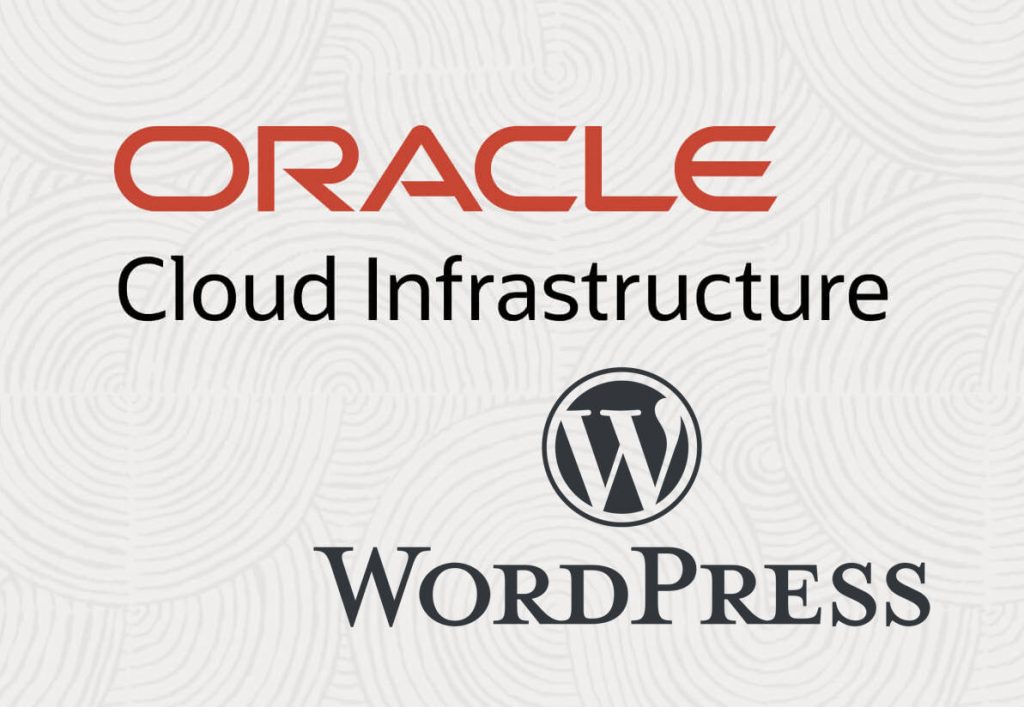
This blog was primarily driven by questions from my peers and colleagues who wondered where my blog was hosted and how it was created. It might help to move from a hosting platform to your own website and where to start.
Like most bloggers I started my blog using one of the hosting platforms but soon after found some limitations in choosing appearance, plugins and was a bit annoyed by some commercial banners on my page. After a while I decided to move to my own site. I bought a domain name for myself and created my own environment using the WordPress software on a cloud VM. It didn’t cost me too much but it was not entirely for free. When Oracle introduced some additions to the always free set of resources. I decided to give it a try and move my blog entirely to the OCI free tier.
For those who would like to skip the reading and try, I have a set of Terraform scripts on GitHub. They haven’t been updated lately and use not the latest versions but can be a good place to start.
Continue reading “Blog on Oracle OCI ARM free tier.”